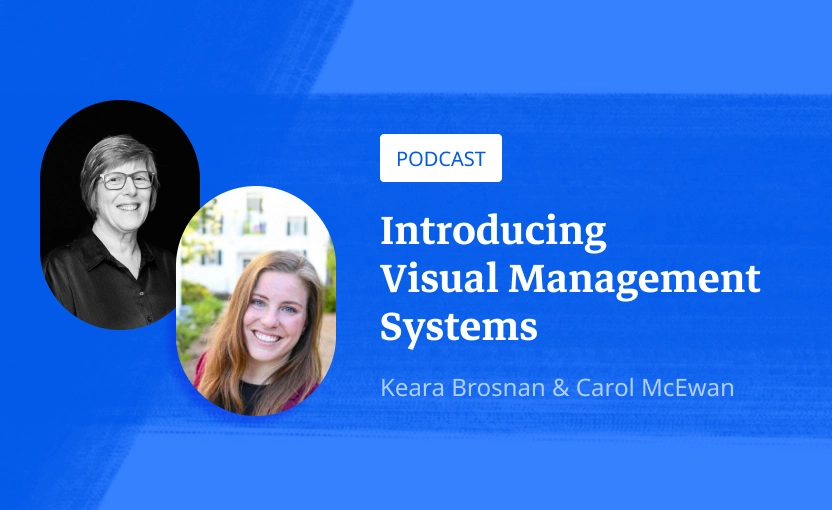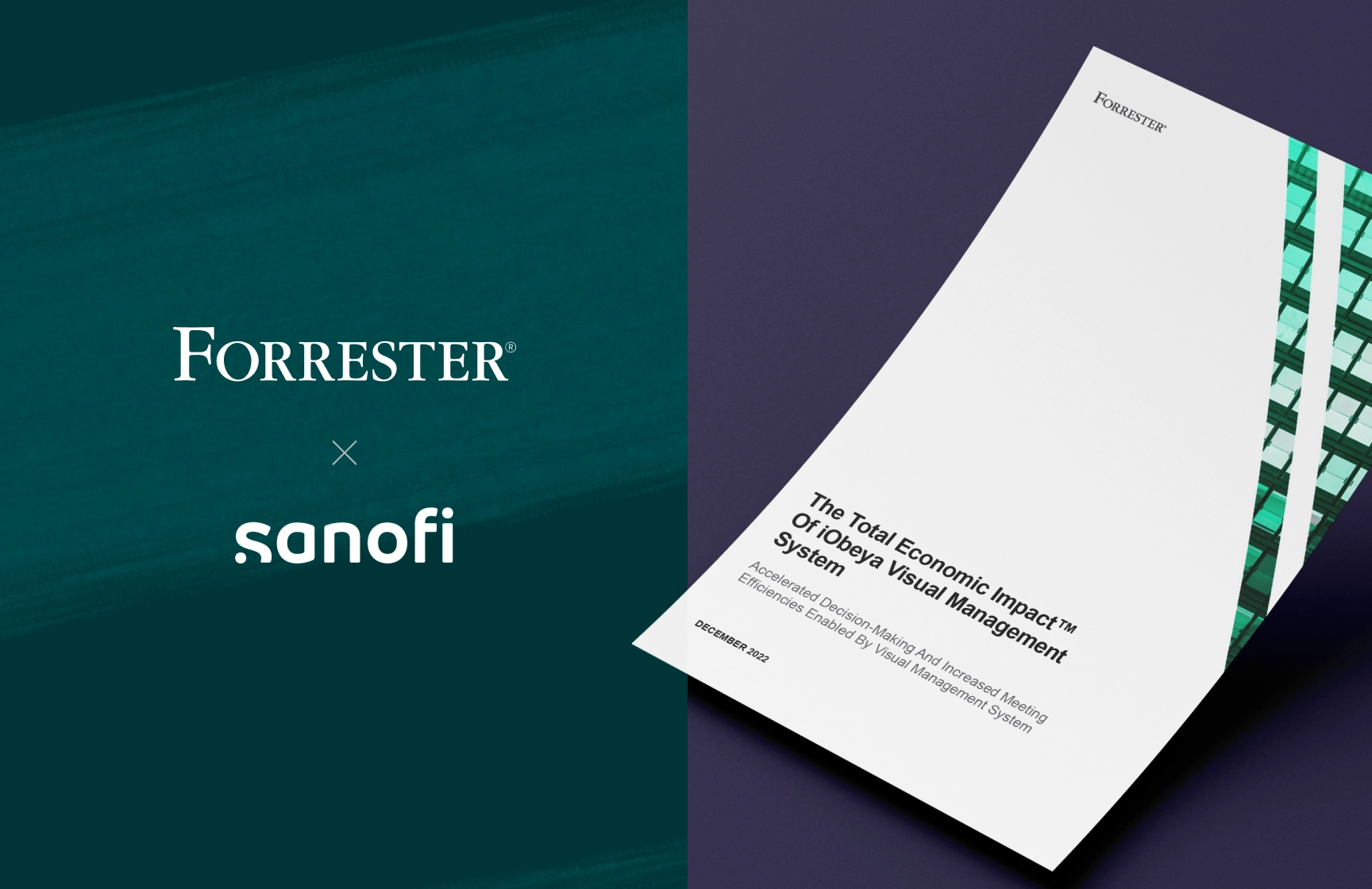Hey, let’s start your
iObeya journey!
From manufacturing to distribution, vaccinating patients at scale in the United States has been a monumental task with many bottlenecks and inefficiencies. For example, Johnson and Johnson was recently forced to discard 15 million Covid-19 vaccines due to quality errors at a manufacturing plant.
In another instance, a drive-thru Covid-19 vaccine clinic in South Carolina quickly became overwhelmed with registrations, crashing its computer systems. To resolve this, the mayor called in the manager of the local Chick-fil-A whose experience quickly serving customers when their systems are overwhelmed helped to reduce the hours-long wait to just 15 minutes.
Despite these challenges, the U.S. is now rapidly expanding vaccine availability. Similarly, many countries facing supply constraints are examining ways in which to reduce bottlenecks and accelerate their own vaccine rollout. One tested and proven manufacturing methodology known as “Lean” may hold the key to overcoming such hurdles.
What is the Lean Methodology?
Early Lean practices were first developed by Toyota to eliminate waste throughout the auto production lifecycle and have since been widely adopted and improved upon across industries — many of which face challenging supply/demand and logistics hurdles. This is why some countries looking to streamline their vaccine rollout have also incorporated Lean practices. Applying the Lean methodology at every step can equip providers to be more successful at vaccinating every person as quickly and safely as possible with as little waste as possible.
Benefits of Lean Practices in Vaccine Manufacturing
Lean identifies eight wastes commonly known by the acronym “DOWNTIME”: defects, overproduction, waiting, non-utilization of talent, transportation, inventory, motion and extra processing. Vaccination sites must align key metrics (the number of necessary vaccines, patients and healthcare workers) that are needed in order to administer shots without any waste.
The types of waste vary depending on your perspective and role throughout the supply chain. From the patient perspective, long vaccination wait times or lack of access to the vaccines creates frustration. For healthcare providers, non-utilization of talent comes in many forms, primarily not communicating with communities and not collecting feedback from frontline healthcare workers, which both diminish opportunities to improve the process. On the other hand, the improper utilization of talent — from overextending healthcare workers, resulting in fatigue, to entrusting distribution to an ill-equipped partner, resulting in disarray — introduces a variety of risks into the process. This ultimately harms communities at the end of the supply chain.
Another aspect of Lean where the vaccine rollout would greatly benefit countries facing issues is just-in-time (JIT) delivery. Aimed primarily at reducing production times within a manufacturing environment, JIT in this context would refer to delivering and administering an effective vaccine at the moment the patient is ready. Delivering a vaccine too soon can increase the risk of vaccines spoiling before they can be administered, while delivering it too late slows population vaccination, prolonging the pandemic. Hence why delivering vaccines just in time needs to be a priority.
Reducing waste and improving efficiency are shared goals that Lean tools address. Visual management tools such as value stream mapping and run charts for temperature-monitoring devices (TMD) create a single source of knowledge for information about how vaccine administration should be successfully executed. Tying all of these tools together is what is known as Leader Standard Work, which is a set of behaviors that advances Lean methodology across an organization. This establishes the routine for tasks that must be completed in order to create flow through the process. From missing a meeting to missing a measurement, the “defect” becomes immediately obvious and therefore immediately actionable for correction.
Applying the Lean methodology at every step has benefited manufacturers, distributors, providers and communities. But as we have seen, implementing Lean isn’t like turning on a water faucet — it takes time and effort. Organizations are most successful on their path to Lean when they ensure their people deeply understand why the Lean transformation is happening, what it entails, how it affects them and the role that they play in its success. The same would hold true for vaccine rollouts.
Optimize the Enterprise Lean Transformation
The power of Lean is unleashed by sharing knowledge and teaching people how to identify and eliminate waste. To be most effective, Lean should have stakeholder buy-in at every level to reduce points of failure or miscommunication. Whether it’s the person managing the logistics process, the delivery driver, the refrigerator technician, the healthcare worker administering the vaccine or the multitudes of people in between, the power of their truth lies at the heart of engaging everyone to make improvements. By leveraging Lean, everyone benefits.
Contact an iObeya expert today to accelerate your Lean transformation.







